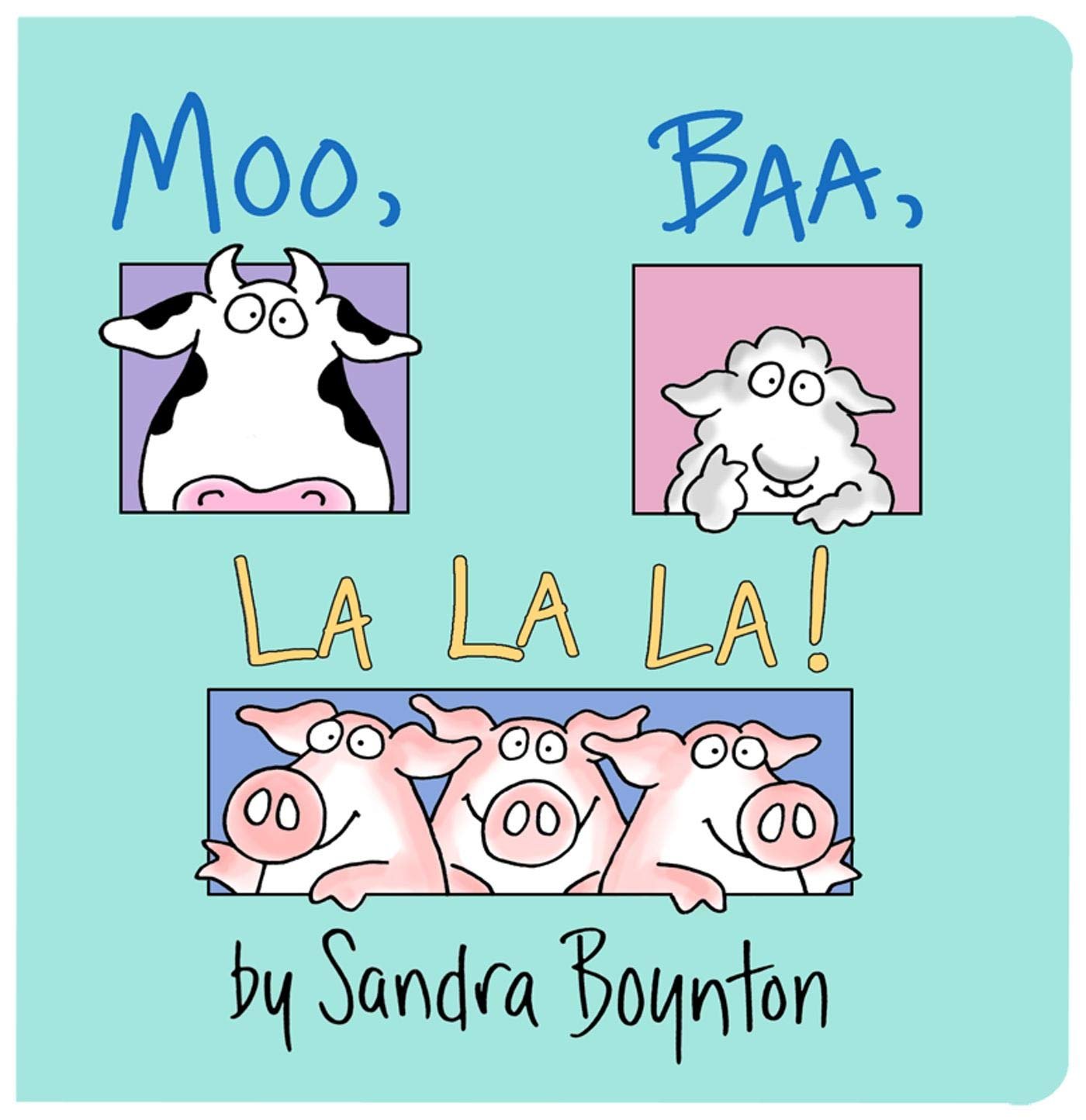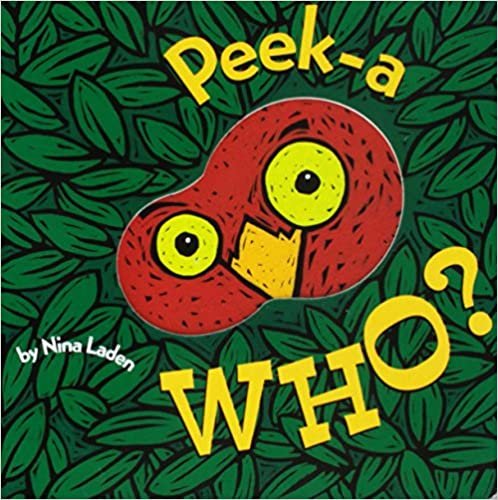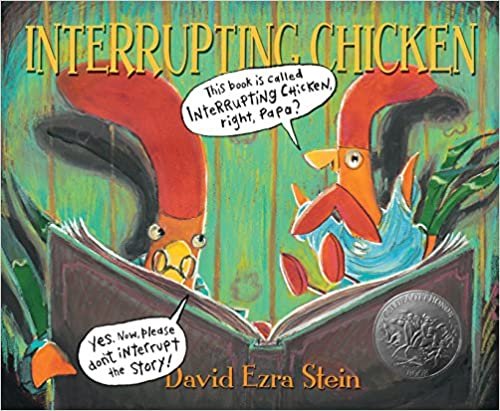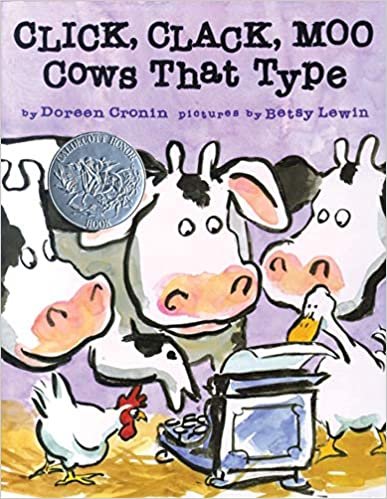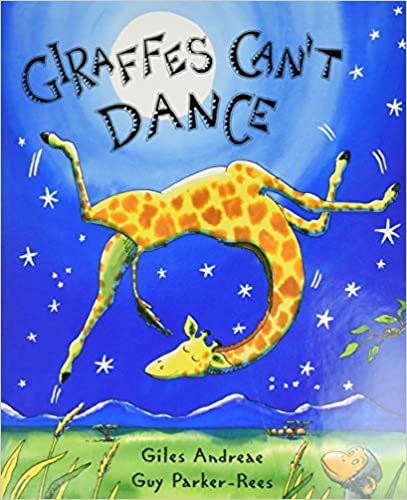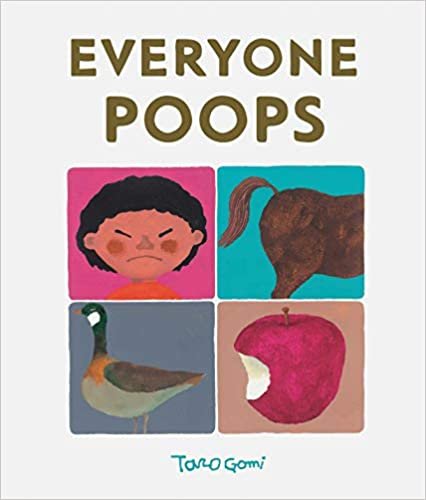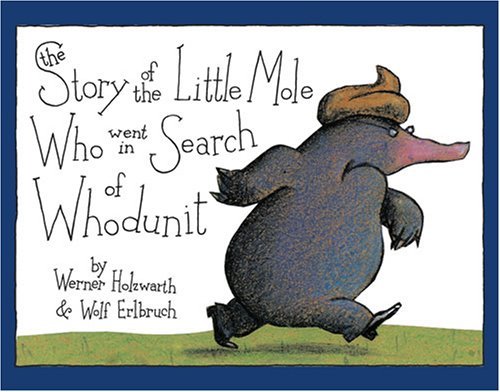Humorous Picture Books with Michelle Vattula
We are so excited to have Michelle Vattula join us today to share information about writing humorous picture books!
Michelle was born in Boston but spent most of her life in Erie, PA. After she received her Bachelor’s degree from Miami University of Ohio, she ventured back to Boston for her Master’s degree in Speech-Language Pathology from Northeastern University. Michelle currently lives in the beautiful rolling hills of North Pittsburgh with her Finnish husband, two golden retrievers, and two beautiful boys who are her true inspiration for writing.
Michelle’s debut picture book, THE STALKING SEAGULLS, was released by MacLaren-Cochrane Publishing on April 20, 2021. Michelle is part of the Western Pennsylvania SCBWI leadership team as their New Member and Critique Group Coordinator. She is also a proud member of the Twitter group #Newin19. Michelle is represented by T.J. Kirsch from JCH Literary. She is open for interviews and virtual visits.
What makes a story memorable? Many things contribute to a memorable story—the characters, the arc, the twist at the end. But what about humor? Humor brings about a sense of silliness and ease which can allow the reader, and listener, to react to the book, thus leaving a permanent mark in their memory. But what makes a picture book funny? With various types of humorous picture books, humor can be quite subjective. Books are like people—they are all different, and you don’t have to enjoy them all—meaning, it’s all preference.
When my children were young (ages 1-3), they loved books that incorporated different sounds, noises, and unpredictability. For example, Moo, Baa, La La La by Sandra Boynton addressed the noises animals make, and in the end, incorporates the reader to join in on the sounds. Participation seems to keep a child’s interest and increases the chances that they will want to read the book again. Peek a Who by Nina Landen is another book that allows the reader to participate throughout the book by guessing and subsequently making the sounds that are found on the following page.
As children get older, they continue to love silliness, especially when dealing with relatable humor. Interrupting Chicken by David Ezra Stein perfectly demonstrates something a child would actually do during a bedtime story, making it relatable—thus, funny. Speaking of animals, it is not hard to go wrong with animals that are acting like humans. A perfect example of this, and one of my all-time favorite picture books, is Click, Clack, Moo: Cows that Type by Doreen Cronin. I mean, how could typing cows demanding heated blankets via a go-between duck not be funny? LOL. Similarly, Giraffes Can’t Dance by Giles Andreae has wild animals dancing human dances…I mean, dancing animals!
Of course, you can’t discuss humorous picture books and not talk about bathroom humor. What kid doesn’t get a kick out of reading about underpants and going potty? Classic stories certainly come to mind, such as Everyone Poops by Taro Gomi. A few other great stories surrounding potty humor are: The Story of the Little Mole Who went in Search of Whodunit by Werner Holzwarth & Wolf Erlbruch and Pirates Love Underpants by Claire Freedman.
This is just a small sample of great humorous picture books to read to your kids. Again, humor is subjective, so while you may think something is funny, your kids may not. It is all about finding the right fit and simply enjoying a good laugh.


